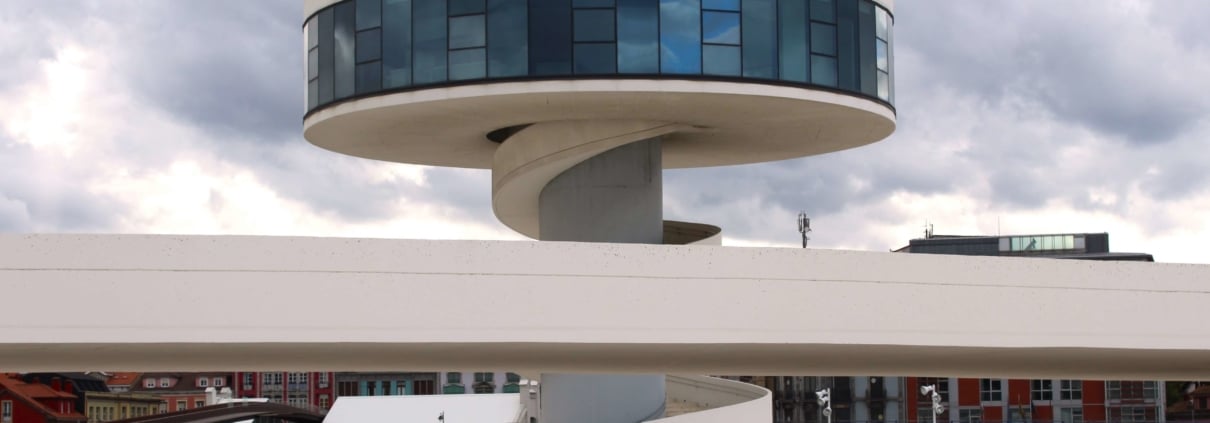The Revival of Zinc
Although it is much less famous and widely known than some of its counterparts such as copper or stainless steel, zinc has a long-standing history of usage in architecture. It was first used several hundred years ago during the 19th century in Europe, and is now once again on the rise in popularity in architectural projects around the world.
But what first attracted builders to this metal in the past, and why is interest in it increasing once again? There are a lot of reasons why zinc is increasingly used in roofs and cladding, both in the past and currently, and this article will explore those reasons in detail.
Basic Zinc Facts
Zinc is a particularly abundant and common element – specifically the 24th most common to be found in Earth’s crust. Indeed, it can be found in the Earth, water, and even air all around us, and plays a critical role in regulating the metabolic functions of living things from plants, to animals, to humans. You can even buy zinc supplements over the counter in your local pharmacy’s vitamins and supplements section.
As a construction material scientifically considered a heavy metal, it seems strange that zinc would be desirable (let alone safe) to ingest. Strange as it is however, zinc’s non-toxic qualities are well known, and actually make it an ideal metal for structures that interact with water and runoff, such as gutters.
A Short History of Zinc
Humans have been aware of zinc for a long time – even the ancient Romans made use of it (although not as an architectural metal). That said, it wasn’t until the 19th century that people began to be fully aware of zinc’s potential when the first major center for extracting, processing, and smelting zinc was built to create the first lightweight, rolled sheets of the metal.
Some of the earliest innovations with zinc were made in Germany and Austria as the metal was used in a hollow casting process to create a huge range of decorative elements from lampposts, to statuary, to flowing filigree on doors and balconies. And of course it didn’t take long for people to discover the primary use of zinc – as a roofing and cladding material.
When Baron Georges-Eugène Haussmann was tasked by Napoleon with carrying out a massive urban renewal plan in Paris, his extensive use of zinc roofing had an enduring effect on the city. Both in terms of the literal long service life of those original rooves, but also because the visual style that he established is still defining what people think of as the Parisian look today.
Durability
Before engineering and metallurgical science had provided the wide range of modern alloys and materials that modern construction depends upon, zinc was the lightweight, durable material of choice for architects in the harsh environments of northern Europe.
Lightweight, resistant to corrosion and even to physical damage, given the right combination of geographic position and local conditions, a well-maintained zinc roof can last for a century, or even potentially longer! What’s more, this durability refers not just to zinc’s longevity, but the ease and low cost associated with maintaining it. The natural patina formed by the metal makes it anti-microbial, and will naturally continually reform, allowing a zinc roof to “self-heal” minor scratches.
Eco Advantages
Connected to its incredible longevity, zinc offers several ecological advantages. The primary perk of course, is that a long-lasting zinc roof will not need to be replaced for a long time, and thus will not require the extraction or production of new metal. Compare this “one time” installation to asphalt shingles for example – every year the US generates around 11 million tons of asphalt waste associated with re-roofing buildings.
There’s also the question of recyclability. An asphalt shingle might last for around 15 to 17 years before it must go straight into a landfill. Zinc on the other hand is 100% recyclable, which means that even after a 90 year service life, a zinc roof can be removed, melted down and reshaped into a fresh piece of metal that can be used all over again in an entirely different building.
Even producing fresh zinc sheets is a comparatively eco-friendly option since it has a lower melting point than other similar architectural metals. This means that processing zinc requires only one quarter of the raw amount of energy necessary to process aluminum, and only a third of the energy required for stainless steel or copper.
Zinc on the Rise
Zinc, once associated specifically with roofing in a few European countries, is becoming more and more common in a range of uses and a variety of projects around the world. It has many of the same desirable qualities as high-end metals like copper while being cheaper, while still offering superior durability and recyclability than cheaper metals like stainless steel.
That’s why you should contact MetalTech Global today – we are the nation’s premier zinc manufacturer and distributor, and our state of the art facilities allow us to produce zinc sheets and coils to your specifications. Find out how we can bring your next project to life!



